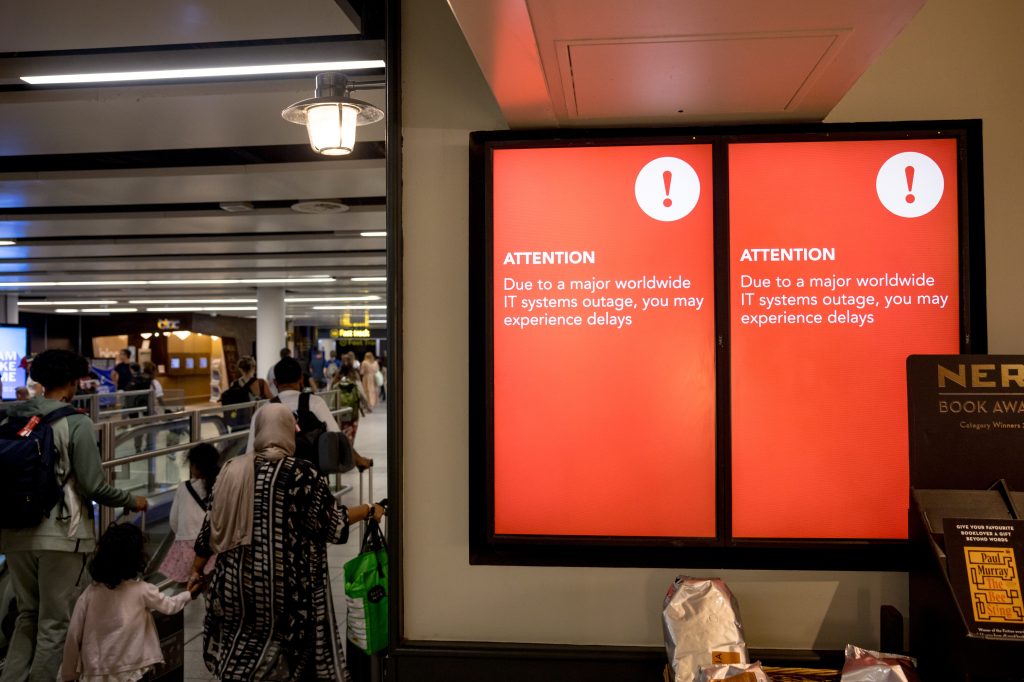The global IT outage stemming from a faulty CrowdStrike software update on July 19 will lead to cyber insurance losses primarily driven by business interruption claims, Moody’s Ratings said in a report released on Monday. A figure of $1.5 billion for insured losses has been floated.
Moody’s warned that determining
Register for free to keep reading
To continue reading this article and unlock full access to GRIP, register now. You’ll enjoy free access to all content until our subscription service launches in early 2026.
- Unlimited access to industry insights
- Stay on top of key rules and regulatory changes with our Rules Navigator
- Ad-free experience with no distractions
- Regular podcasts from trusted external experts
- Fresh compliance and regulatory content every day

















